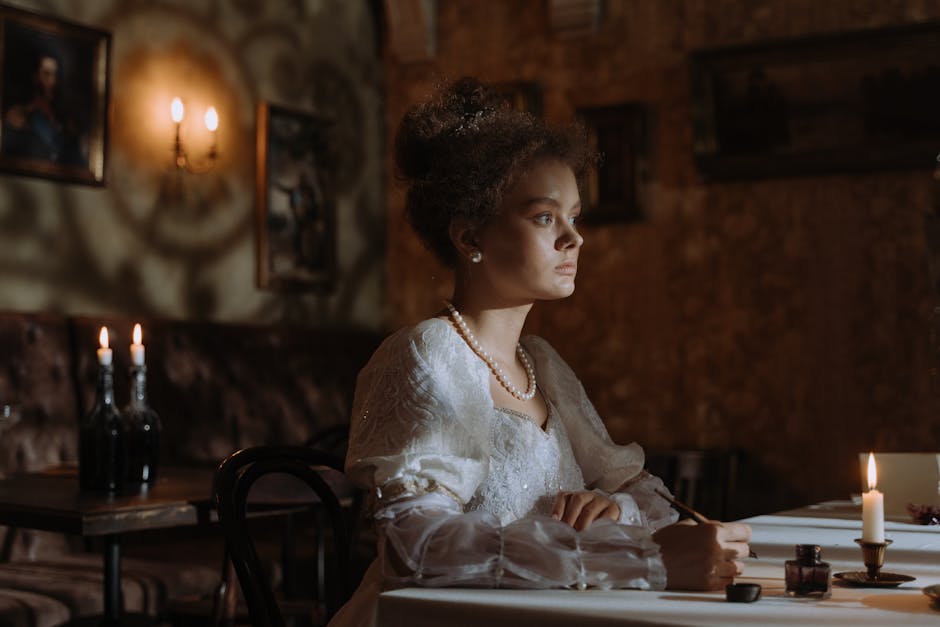Time Travel in Uozu: Experience Sengoku Warlords Through the Sword Dance at the Matsukura Harvest Festival

Imagine standing amidst the crisp autumn air, the scent of harvest lingering, when suddenly, the rhythmic beat of drums fills the atmosphere. Before your eyes, figures clad in traditional attire perform a dynamic dance, their movements precise and powerful, embodying the very essence of ancient warriors. This is not a scene from a historical drama, but a vibrant reality at the Matsukura Harvest Festival (まつくら収穫祭) in Shikaguma, Uozu, where the captivating sword dance (刀踊り) transports onlookers straight back to the tumultuous Sengoku period.
The Sword Dance: A Glimpse into the Warrior's Soul
The 刀踊り, often described as having the intensity of a Sengoku warlord (戦国武将), is more than just a performance; it's a living link to a bygone era. Each swing, each step, echoes the training and spirit of the samurai who once dominated the Japanese landscape. As a historian, I find such traditions invaluable, for they allow us to not only observe but truly *feel* the strategies, the courage, and the drama that shaped Japan's destiny.
The Sengoku period (mid-15th to early 17th century) was an age of constant warfare, where powerful warlords vied for control, building formidable castles and leading armies into battle. It was a time of both profound brutality and remarkable innovation, a crucible that forged the very concept of the samurai spirit. The sword was not merely a weapon; it was an extension of the warrior's soul, a symbol of honor, loyalty, and their unwavering resolve.
Matsukura Castle: A Strategic Stronghold in Etchū Province
To truly appreciate the context of the sword dance in Uozu, we must look to its history, particularly the imposing presence of Matsukura Castle. Perched atop a mountain in Uozu, Matsukura Castle was a prime example of a yamashiro, or mountain castle. Unlike flatland castles built for administrative and political purposes, yamashiro were primarily defensive strongholds, utilizing natural terrain to their advantage.
Life and Death on the Castle Walls
Imagine the daily life within Matsukura Castle during the Sengoku period. Defenders would spend their days in rigorous training, honing their martial skills, including sword fighting, archery, and spear combat. Every vantage point offered a strategic view, every wall and gate designed to repel invaders. The castle was a self-contained world, a bastion of hope and defiance for its lord and his retainers.
The drama surrounding such castles was immense. Sieges could last for months, testing the limits of endurance for both attackers and defenders. Commanders would employ intricate strategies: feints, ambushes, psychological warfare, and daring night raids. The fate of entire provinces, like Etchū (modern-day Toyama Prefecture), often hung on the success or failure of defending or capturing such a vital stronghold. The warriors who lived and fought here embodied the very spirit the 刀踊り seeks to capture – disciplined, fierce, and utterly committed to their cause.
The Enduring Legacy of the Sengoku Warlords
The influence of the Sengoku warlords extends far beyond their battlefields and ruined castles. Their strategies continue to be studied in modern business and military academies. Their stories of ambition, loyalty, and betrayal inspire countless works of art, literature, and film. More importantly, their martial traditions, like the disciplined use of the sword, have evolved into profound cultural practices. The sword dance at the まつくら収穫祭 is a perfect example.
It's a powerful reminder that history is not just a collection of dates and names; it's the living legacy of human endeavor. When you witness the 刀踊り in 鹿熊, Uozu, you're not just watching a performance; you're feeling the echoes of a thousand battles, the determination of countless warriors, and the enduring spirit of a nation forged in fire.
Experience History Anew
The Matsukura Harvest Festival in Shikaguma, Uozu, offers a unique opportunity to connect with this rich historical tapestry. It’s a chance to step away from the modern world and immerse yourself in a tradition that celebrates both the bounty of the harvest and the indomitable spirit of Japan's warrior past. This fusion of agriculture and martial arts is a testament to how deeply interwoven history and culture remain in this fascinating country. Come and experience the thrilling energy of the sword dance, and let the spirit of the Sengoku warlords inspire you.
Comments
Post a Comment